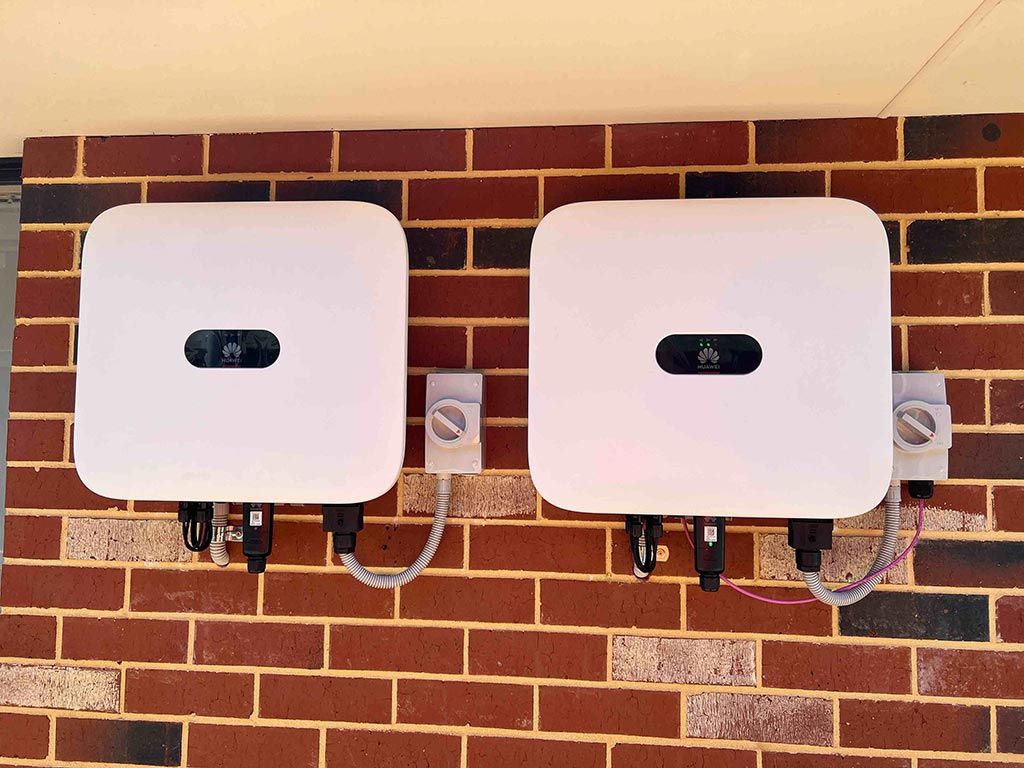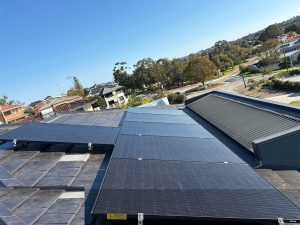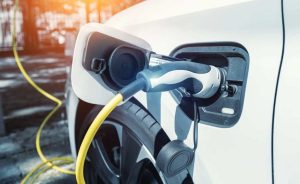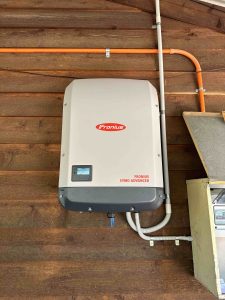The inverter is often referred to as the brain of a solar system because it converts solar radiation into useful energy. Different types of inverters are available in the Australian market. Grid-tied inverters, off-grid inverters, and hybrid inverters are the types available in the market. In order to pick the right inverter, it is important to list your needs.
The one you choose primarily depends on your solar installation and energy consumption. Among these, off-grid invertors do not have any contact with the utility grid. In short, an off-grid inverter draws DC power from a battery source that is charged using solar arrays. Hence the prime advantage is that it can operate even if grid failure occurs. These inverters are also known by the name stand-alone inverters. As the name implies, the hybrid inverter is a hybrid of grid-tied and off-grid inverters.
Multi-mode inverters
Hybrid inverters are also known as multi-mode inverters. A hybrid solar inverter is a blend of a solar inverter and a battery inverter into a single piece of equipment. This feature helps to have effortless control of power from solar panels, solar batteries, and the utility grid at the same time.
The great advantage of this type of inverter is they offer a lot of flexibility for power delivery by choosing between solar power, battery backup, and grid connectivity. In addition to this, you can cut the need for a separate battery by choosing a hybrid converter. This is possible because it can function both as a battery and an inverter.
Hybrid inverters are commonly used in regions with frequent power cuts, faults, and load shedding. These inverters are highly recommended in places with low-feed in tariff rates. Why you might choose a hybrid inverter? The answer is quite obvious; it performs the same function as two other types of inverters.
What is the difference between a hybrid inverter and an off-grid Inverter?
Hybrid inverters generate power exactly the same way as common string solar inverters. The difference is that it has built-in battery connections to enable energy storage for later use. This battery backup ability enables most hybrid systems to also operate as a backup power supply during a blackout.
The off-grid inverter draws power from the battery, converts it from DC, and outputs AC. Off-grid inverters cannot synchronise with the utility grid. These are designed to work alone. An off-grid inverter cannot feed power derived from solar or battery into the utility grid. On the other hand, the hybrid inverter can feedback on the power to the utility grid.
Advantages and disadvantages of hybrid inverter& Off-grid solar inverter
The main advantage of a hybrid inverter is that the excess power can draw from the grid when the solar power produced is not sufficient to run the load. In addition to that the storage batteries provide backup in case of grid failure. Therefore hybrid inverters provide a constant power supply and you need not worry about power outages.
The battery system connected to the hybrid inverter allows maximum utilization of plentiful solar radiation on sunny days. Hence, it ensures optimal utilization of renewable resources. A hybrid inverter does not require frequent servicing and it has a low maintenance system.
The major concern is that adding a hybrid inverter into the existing solar system demands a complete and costly re-work of the entire solar panel system. Hence, hybrid inverters are not an ideal option for upgrading an existing system. Moreover, the initial installation expense of a hybrid inverter is very high compared to the other solar power inverters. In terms of compatibility, not all hybrid inverters work with every type of battery.
The attractive feature of off-grid inverters is they are cheaper compared to hybrid inverters. The primary concern of off-grid inverters is a power outage. It cannot work in conjunction with the utility grid. Therefore, electricity produced only through solar may not suffice the need particularly when the sun is not shining.
Benefits of Hybrid solar inverter
Most hybrid inverters can be programmed to function in different modes. For instance, the grid-tie mode functions as a normal solar inverter. The hybrid mode stores excess solar energy during the day. The backup mode works as a solar inverter when the grid is connected and automatically switches to backup power mode during a grid outage. Finally, the off-grid mode of hybrid inverters functions like an off-grid inverter.
Many hybrid inverters combine performance monitoring, charge control, and bi-directional AC DC inverter functionality into a single unit at a lower cost. Moreover, a hybrid solar inverter ensures optimal energy consumption by acting as a battery inverter. Many of the hybrid inverters provide mobile app cloud monitoring systems.
This feature ensures to track your system’s output and receive notifications by logging into the app. The configurable mode in many of the hybrid inverters allows you to put your system on vacation or standby.
The difference in working of hybrid & off-grid system
A hybrid system is a combination of solar and battery storage in the same equipment. The system is also connected to the utility grid. In this system, once the battery is fully charged excess solar power can be exported to the grid. The grid provides backup power when the battery is exhausted. There is no utility grid in an off-grid system. Here, the excess power will be stored in the battery bank. It will stop receiving power from the solar system, once the battery is full.
Can a hybrid inverter work without batteries?
Yes. A hybrid inverter can work without batteries. Instead of a battery, it is connected to the utility grid. In such a case, the inverter supplies power both from the solar and utility grid. However, a battery backup allows using battery power to back up any essential household circuit during a blackout. A hybrid inverter without a battery can not provide power in the case of black our. If grid stability is not a concern then a hybrid inverter without a battery would be a perfect economical option. Moreover, it is easy to maintain because there are fewer components to take care of.








